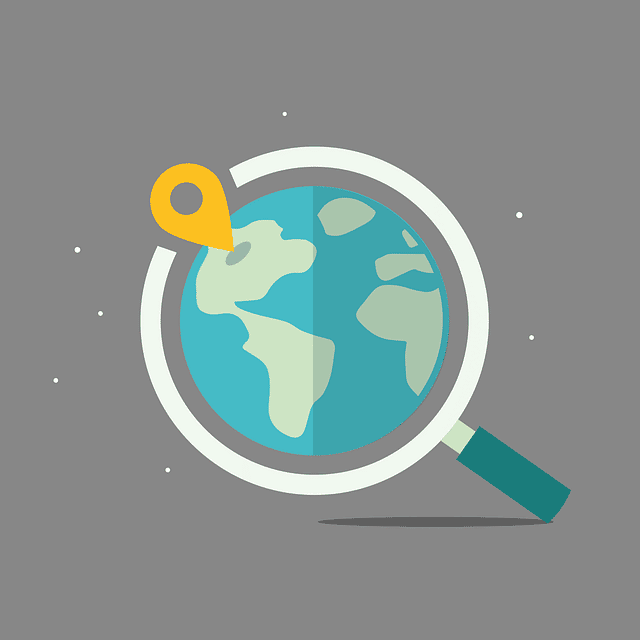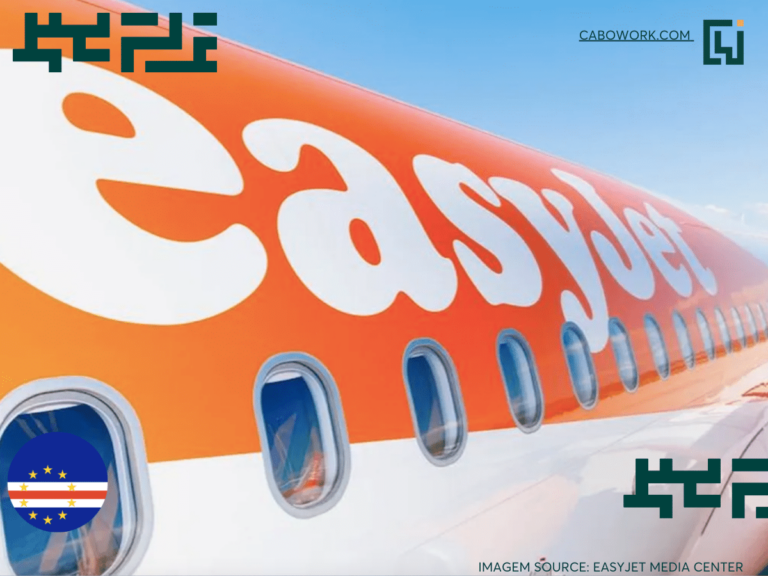What is digital slowmadism?
Whether you are a beginner digital nomad, or an experienced travel veteran, we all only have 24 hours in a day. Factor in sleep (and we should all be getting enough of that!) and we’re left with frighteningly few hours to eat, work, stay fit, and explore our destination. Oh, did I say work already?
For new digital nomads, it can be very tempting to look at other nomads on social media and try to cram your travel schedule with as many destinations and countries as possible. From frequent flights to hopping between hotels, it quickly feels as if our brains are running at 150% 24/7, which is the perfect recipe for burnout.

Digital slowmadism encourages slowing down the pace of your travel, allowing you to ease off on the throttle. Rather than stay for a week, you may choose instead to stay for a month. It doesn’t mean staying in one country forever (although if you fall in love with a country, then why not?).
6 benefits of digital slowmadism for digital nomads.
A slower pace of travel comes with a host of benefits – it’s incredible to see the changes that many nomads experience when they allow themselves to breathe and really immerse themselves into their environment. So, what are some of the benefits that digital slowmadism brings?
1. Build deeper connections
Does the following sound familiar? You’ve chosen your next destination, and when you arrive, you decide to attend a meetup event or two to get in touch with your fellow travellers. You don’t need to prepare, as you already know the four questions that are about to come.
- Where do you come from?
- What do you do?
- How long are you here?
- Where are you going?

While it’s incredibly interesting to meet others with a similar passion for travelling, these common questions are certainly the opposite. We get that it would be a bit strange if somebody arrived and instantly asked you what your deepest fear was, but at least THAT is a bit more interesting.
Following the meetup, you exchange social media tags and go about your ways, often leaving that place after a few days. Soon enough, those that you have met blur into a grey haze of names you have trouble remembering.
Once again… Sound familiar?
Going beyond the four questions
With our busy schedules as nomads, it can be difficult to arrange time to meet up with new friends and devote time to forming a strong connection. Slow travel bucks this trend by giving you more of what you need, time.
Forming closer connections will help to keep loneliness at bay, especially if you are a solo traveller.
Of course, both you and your newfound friend will need to be staying long enough to form a connection, so if you’re trying to convince your nomad buddy to stay for longer, why not send them this article? Or better yet, encourage them to join our growing nomadic community on Facebook…

2. Establish a routine
Time flies when you are having fun. Before you know it, you’ve got multiple deadlines staring you in the face. That… That part is not quite so fun.
We all know how important scheduling and routine is, especially when you are running a remote business or are working overseas for an employer back home. The last thing you want is for your work and business to suffer as a consequence of a lack of routine.
Constantly travelling between cities unfortunately isn’t the best recipe for a well-structured routine, however you don’t have to throw out your dreams of travel just yet. When you slow down the pace of your travel, you can still enjoy the thrills of travel, while settling into a more consistent work-life routine.
When you no longer have to worry about having three flights in one week, you instead can focus on getting your work done on time and enjoying every moment of your travel experience.

3. Get to know your destination
Do you ever have that thought when you’re heading to your next destination of, “Man, I really wish I had a few more days to explore X place/do X thing”? While ‘traditional’ nomadic travel can grant the opportunity to see many countries or places in a short time span, you often can only experience your destination on a surface level, often sticking to traditional tourist activities.
As nomads ourselves, we completely understand. Working an 8-hour+ day doesn’t leave much time for extensive treks through the jungle or time to leave the beaten path. The number of benefits digital slowmadism creates, such as allowing you to set a routine and create deeper connections, results in you having more time to explore with your newfound friends.
Another benefit of staying for longer in any one given place is that you have time to learn more about the local culture and learn some of the local language. Learning some of the language really helps you to connect with the local people, something that can be difficult for many digital nomads.

4. Giving back
We digital nomads gain a lot from travelling. From personal growth to learning about new ways of living, the experiences we have can be life-changing and help us become more well-rounded individuals. A great way to build a relationship with the local community is by joining a local volunteering program. Activities such as beach cleans, working in food shelters, buying local produce, and joining local conservation programs are just a few of the ways that you can give back.
Instead of opting for unhealthy fast food, the slow traveller can instead be a part of the slow food movement, using local ingredients to cook or buying from local restaurants. As a result, this helps local economies and local communities to thrive. Plus, you get to experience some wonderful regional cuisine!
So, the next time you find yourself spending a month or even longer staying in one location, why not have a look around for volunteering programs and shop instead at local markets. You’ll find yourself connecting with locals and creating a positive impact as you slow travel.

5. Save money
While talking about money isn’t the most fun thing to do, it is true that the price of travelling often between countries and cities can quickly add up. Over time, this cuts down on your savings and can potentially even bring your travels to an early end when your bank account runs dry.
Frequent ground and air travel is expensive, especially with the cost of fuel increasing. Factor in cost of accommodation, and it’s clear to see why many digital nomads head home early to cut down on their spending.
By staying in one location for longer, you can get better deals on long-stay accommodation, usually paying less than you would if you book multiple hotels within the same period. As you learn more about your destination, you also learn other ways to save money, such as taking local transport.

6. Protect the environment
Last, but certainly not least, slow travel helps you protect the environment by lowering your carbon footprint. Approximately 2.4% of global CO2 emissions come from the aviation industry, and as digital nomads, we feed this beast with our frequent long and short-distance flights.
Travelling slowly helps us to learn about and cut down the negative impact we can have on our environment. We can also opt instead for more eco-friendly forms of transport, such as bicycles, electric vehicles, scooters and more.
Slow travel and mental health.
Your mental health plays a very important part in how you experience your travels. It can become easy for us to neglect this when we are constantly travelling to new places and doing new things. Over time, this can lead to tourist burnout, which is something no digital nomad would want.
Slow travel has many benefits for us nomads, and its impact on our mental health is arguably one of its most important. Some of the benefits we have mentioned earlier in this article, such as developing deeper connections with people and establishing a routine, helps us stay grounded on our journeys, which ultimately helps our mental health.
Are there any drawbacks to slow travel?
While we could talk endlessly about the fantastic benefits that slow travel brings, it’s also worth considering that this type of travel is not for everyone. While it can benefit those who have a heavy work schedule and still want to experience the local culture, for those with a lighter schedule, or have an easier time managing their workload, they may prefer to experience more destinations in a shorter time period.
We totally get how exciting it is to see and try new things as we travel. Even if you do not choose to completely slow down the way that you travel, incorporating some aspects of slow travel, such as opting for more environmentally friendly forms of transport, can go a long way.




